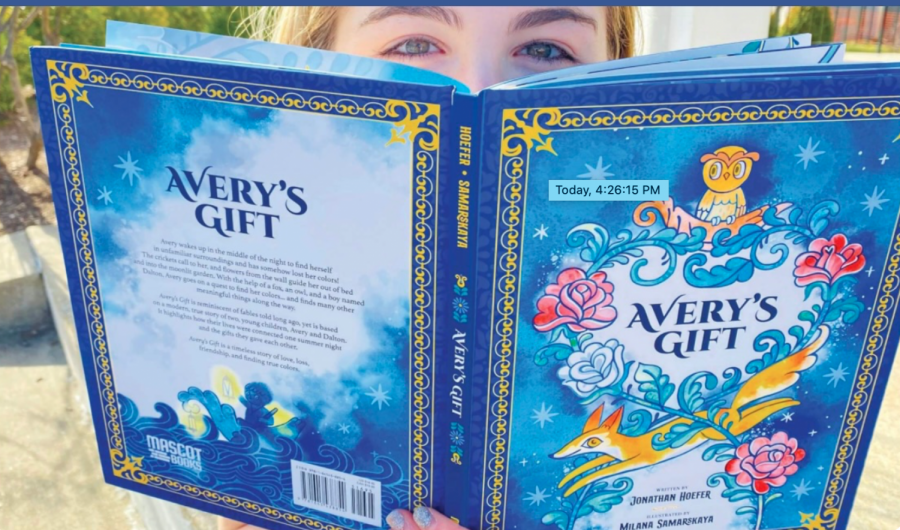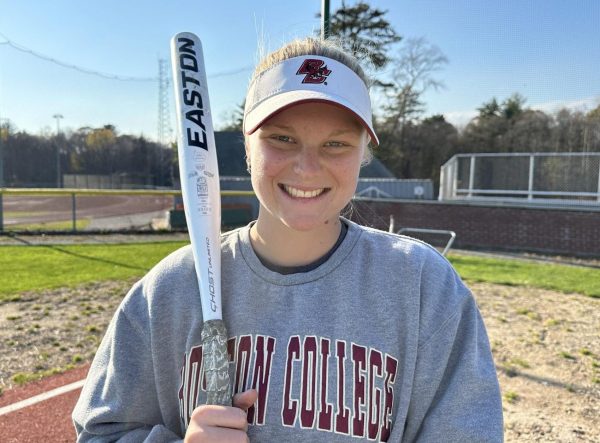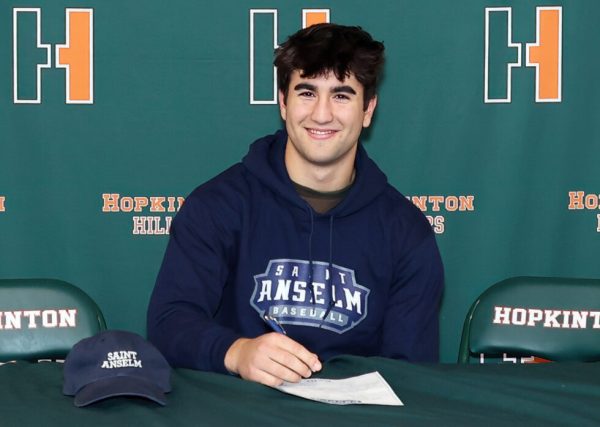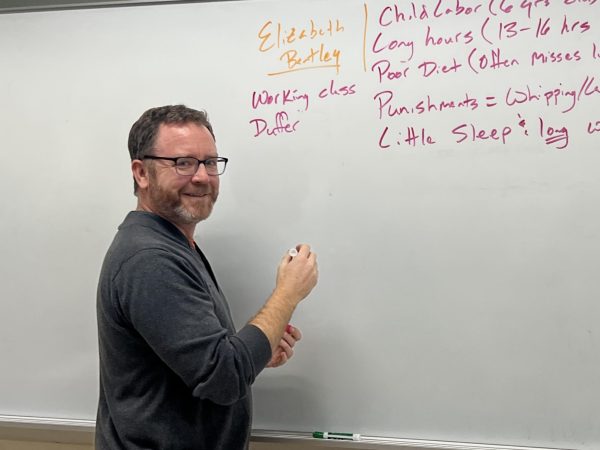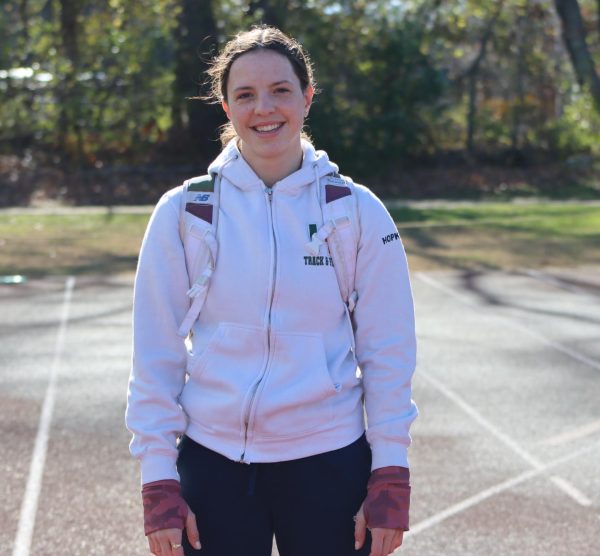Avery’s Gift: A Cherished Second Chance for Avery Toole
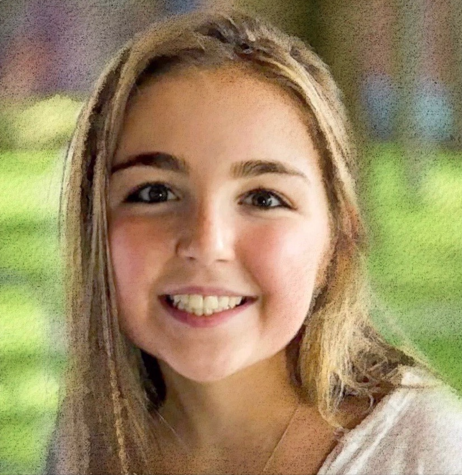
Among the busy floors of Boston Children’s Hospital, bustling with physicians, was a room that held a young, five-year-old girl lying tightly wrapped in a cocoon of tubes.
Although uncertain of their purpose, she found them fascinating despite their frequent inflictions of pain on her body.
Nonetheless, this would not deter her.
Kernels of optimism littered her room, from her nightstand holding her favorite juice, Orangina, to the mechanical “Berlin” Heart that supported her which read “Bruchgefahr,” or “handle with care.”
Astonishingly, this grueling road of determination and sacrifice that fueled her recovery would not even be the most memorable part of Avery Toole’s journey.
Instead, she viewed life through “rose-colored glasses” focusing on the serviceable nature of the medical staff who tried to maximize her comfort.
Yet her family recalls the ordeal dissimilarly, “I’m glad that she was so young and that she doesn’t remember at least feeling different from other kids.”
Cheryl Toole, Avery’s mother explained, “Growing up, she had to be in the hospital a lot, and she was just tired and out of breath, without the stamina to keep up with basic childhood things like running or playing.”
Almost as exhausting was waiting for a viable remedy. Avery’s parents opted to be notified once a matching heart was found, instead of being alerted for every potential donor.
Their patience finally paid off once they received an abrupt phone call at three o’clock in the morning from Avery’s Cardiologist, Dr. Betsy Blume.
“I got on the phone, and the person on the other line said, ‘Hi Cheryl, it’s Betsy.’ One of my good friends is also named Betsy, so I was confused about why she was calling me at three o’clock in the morning,” Cheryl Toole said.
Yet, Cheryl’s perplexity would soon morph into a whirlwind of emotions, “then [Dr. Blume] said ‘we found the perfect heart,’ and I realized ‘oh my goodness, she’s going to get her transplant.’”
Avery’s transplant as her ninth heart surgery took fifteen hours to complete. Her impenetrable scar tissue caused the surgery to take significantly longer than the typical procedure.
The painstaking release was marked by revitalized pink lips and the transparent, cellophane-like dressing on her chest, which revealed her new heart steadily pumping blood.
Although family and friends readily rejoiced at the miraculous success, a single thought persisted in the Tooles’ minds, “I was nervous. She had been through so much, and now she was given the gift of life from someone we never met and a family going through unimaginable pain,” Avery’s father, Mike, said.
Cheryl felt obligated to express their gratitude, “I could not get her donor family out of my mind and we ended up writing a letter to them.”
While the identities of donors and recipients must remain confidential in exchanges, some guidelines allowed sharing first names and photos. Cheryl hoped that the donor family if they wanted to, could reach out and make a connection.
“The organ bank has rules on what you can and can’t put in there. But you are allowed to include pictures. I followed the rules, but I did put a few things in there that could be traced back to us via the internet,” Toole said.
Eventually, the father of Dalton Lawyer, Avery’s heart donor, contacted Cheryl, and the two families emailed throughout the night.
They ultimately met, and a bond between the Toole and the Lawyer families instantly formed.
As an anesthesiologist and a cardiac nurse, Jim and Jeri Lawyer understood the severity of Dalton’s condition, enabling them to selflessly make the choice to donate.
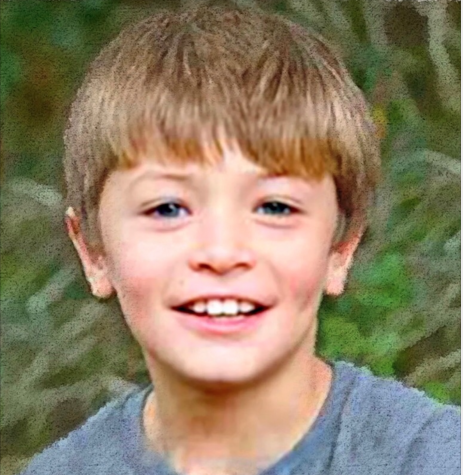
His legacy lives on through Avery, and she continues to feel a strong connection to him.
“I’m very spiritual. Recently, I’ve discovered more things Dalton and I have in common. For example, I’ve always loved Baseball, Pikachu, and Halloween. Those were his favorite things, and I don’t think that’s a coincidence,” Toole said.
The friendship between the Tooles and the Lawyers is remarkable, especially considering how much anonymity surrounds organ donation.
Their story has been imparted countless times to the public, including People magazine, and most recently in a children’s book by author and illustrator Jon Hoefer, who was inspired to honor their experiences.
“I went to college with Mike, and we always kept in touch. Then I remember Boston Children’s Hospital interviewed Mike and Cheryl, discussing Avery’s journey, and I thought it was very well-done. There was beauty in the Lawyer family’s reaction,” Hoefer said.
“I also thought there was some beauty in how Dalton gave Avery life since she was always so lethargic and tired before. For years I thought it would be a neat idea to come up with a way of telling the story with more of the beauty as opposed to the tragedy.”
This intent allowed Hoefer to unorthodoxly plan the narrative’s visual aspects first.
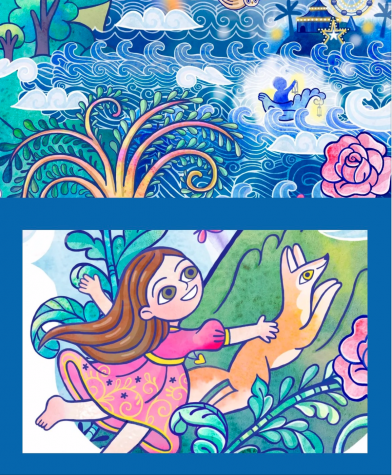
While finishing the pictures in collaboration with illustrator Milana Samarskaya, he soon realized that a children’s book utilizing lyrical rhythms would be the best way to capture the duality of unity and hope for all ages.
“I’m not necessarily a poet, but I like a challenge and it was challenging to say ‘What have I written already, and how do I make this into a written prose?’ You can see so many iterations over the course of several months but I’m happy with how it turned out,” Hoefer said.
The culminating result details a quest between Avery and Dalton as seemingly familiar friends in a dream-like state.
Throughout the book, multiple literary and artistic elements are interspersed to commemorate the individuals and events that guided them to their destination.
For instance, Avery “losing her colors” alludes to the notable return of pigmentation in her face and a second chance at a fulfilling life.
Additionally, references to Dalton’s family include the three buttons sewn on his vest, representing his triplet brothers, and two lanterns that signify his parents.
Most importantly, the boat Dalton navigates connotes a voyage where he reanimated the existence of four people, with Avery as his last.
Ultimately, other symbols, such as a halo which indicates an operating light, and “butterfly kisses” which represent butterfly decorations, create a setting that wavers between Heaven and reality.

Overall, Hoefer, the Tooles, and the Lawyer family aim to begin the dialogue for organ donation. The Tooles also hope to normalize the process since it could drastically change the lives of deserving individuals.
“I remember her [Avery’s] cardiologist telling us before she got her transplant that it’s not a cure, but changing one diagnosis into something different. They don’t just do transplants to save people’s lives. They do a transplant if they think it will also have a significant impact on the quality of someone’s life,” Cheryl Toole said.
Regardless of the profound progress, Avery has made, she does not define herself by her transplant. Instead, she sees herself as an ordinary person in the grander scheme of the world rather than an exceptional phenomenon.
“With my friends and family, I view myself as a regular person. I don’t really mention it [her transplant] to anyone unless it’s relevant to the conversation,” Toole said.
Avery and Dalton’s incredible story is published in Avery’s Gift and is available for pre-order through Barnes and Noble or Mascot Books. It will soon be accessible through online bookstores on Tuesday, June 1, 2021, for regular purchase.
Click to view a sneak preview animated version.
According to the American Transplant Foundation, there are 114,000 patients currently on the waiting list for a viable, life-saving organ transplant. With every ten-minute interval, a new name is added to the national transplant waiting list, only for twenty people to die daily from a lack of healthy organs.
To save and enhance someone’s life, learn more about organ donation, or donate to the campaign visit Donate Life America page.

